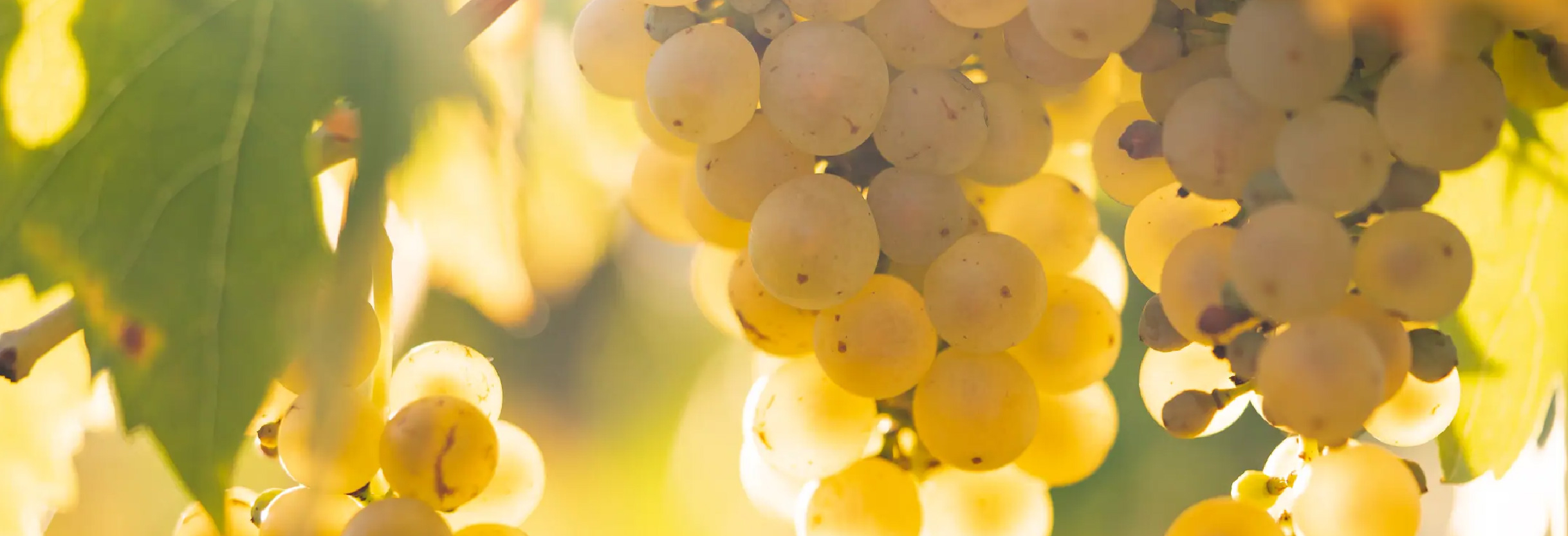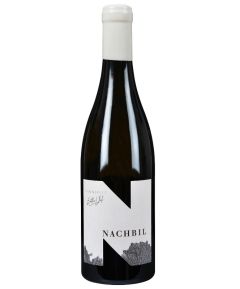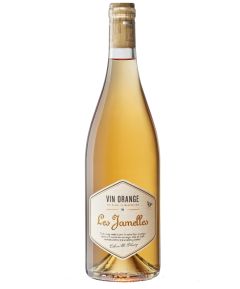Discover the Essentials to Orange Wine

Apr 5, 2024
By
tflavius
Discover the Essentials to Orange Wine
Orange wine is emerging as a trendy option, rivaling cherished and popular reds, whites, and rosés. Though trendy, it is certainly not new, dating back thousands of years to Eastern Europe in countries such as Georgia and Slovenia. Its blend of ancient origins and contemporary appeal caters to diverse tastes, while its vibrant hues and complex flavours captivates modern drinkers, offering a refreshing departure from the traditional favourites.
But what is driving its newfound fame? Orange wine's adaptability at the table is key. Just like rosé, it effortlessly enhances a variety of meals, from seafood to poultry and more.
Curious to explore this intriguing style? Here's your roadmap to discovery, covering everything from its distinctive crafting process to its perfect pairings.
How is it made?
Contrary to its name, this style of wine contains no oranges. Rather, its captivating hues are derived from pressed grape juice remaining in prolonged skin contact during fermentation. Often referred to as “skin-contact white wine”, orange wine can be made from any white grape varieties, but grapes such as Pinot Grigio, Ribolla Gialla, Rkatsiteli, have traditional importance in its making.
What does it taste like?
From herbaceous notes to juicy stone fruit and zesty citrus, orange wine dazzles with its range. Some boast nutty nuances, while others hint at bruised Golden Delicious and honey, a guaranteed sensory journey in every sip. One can appreciate its imposing structure, distinctive colour, intense flavour profile and let’s not forget its captivating nose.
What does it pair with?
More tannic and full-bodied than white wine, orange wine opens doors to eclectic pairings. From roast chicken to lamb, and dishes infused with cumin, paprika, or fenugreek, it's a natural fit for North African and Indian cuisines. Herb-laden varieties elevate vegetarian fare, from roasted artichokes and aubergines stirred in with walnuts to hearty grains like bulgur wheat and farro. Not to be left out are those hard to semi-hard cheeses like Fetta, Gruyère and Gouda.
How is it served?
Treat orange wine like a full-bodied white or quality rosé—serve chilled, around 12°C or 50°- 54°F., opt for white wine or Burgundy glasses to enhance its aromas and flavours.
Discover our picks in Orange Wine
-
 Nachbil Grünspitz Dealurile Satmarului Orange Wine 75clAs low as BBD$49.95 Regular Price BBD$82.99
Nachbil Grünspitz Dealurile Satmarului Orange Wine 75clAs low as BBD$49.95 Regular Price BBD$82.99


